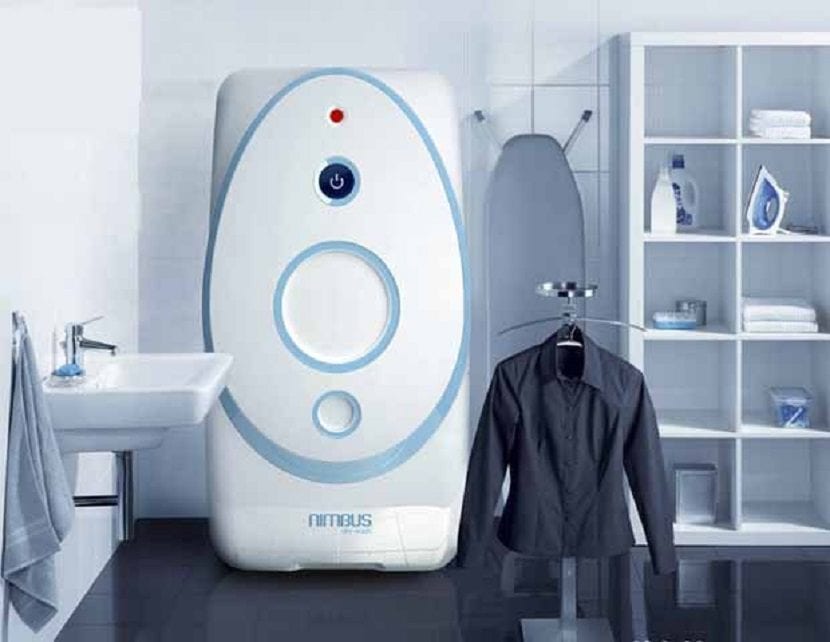
The washing machine, that appliance we use to wash clothes causes a great environmental impact And although the OCU (Organization of Consumers and Users) has some recommendations, these are not everything.
This appliance has a variable consumption, this means that it consumes for what it washes and one of the OCU recommendations is to completely fill the laundry drum to achieve a considerable reduction in the cost of water and electricity, 2 of the 3 critical factors in washing machines.
Their suggestions are basically at the time of purchase where we have to take into account the maximum load capacity and the electrical class or energy efficiency.
La maximum capacity can be summarized as follows:
- For large families (more than 4 people): Washing machines with a load capacity of up to 9 kg.
- Medium-sized families: (4 people): Washing machines with a load capacity of up to 8 kg.
- For 2 or 3 people: Washing machines with a load of up to 7 kg.
- From 1 to 2 people: Washing machines with a load of up to 6 kg.
And as for the electrical class (That sure will sound to you) is the labeling of the household appliances of mandatory use throughout Europe and ranges from the most efficient:
- A + + +
- A ++
- A+
Moderate consumption:
- A
- B
And high consumption:
- C
- D
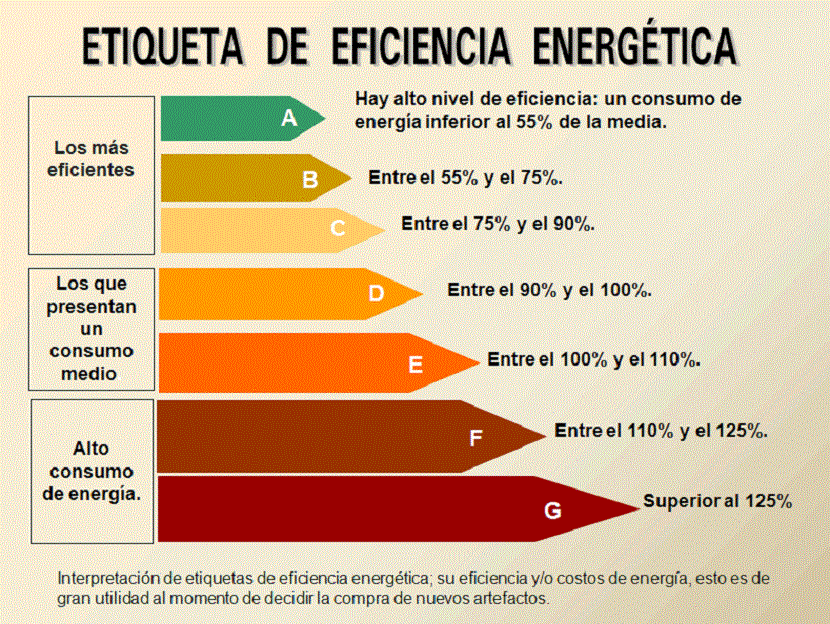
On the OCU website you can find out about the washing machines that best suit your needs and compare them based on these characteristics and obviously the price. Click here to see the OCU comparator.
But the thing does not stop here, one of the factors mentioned that causes a great environmental impact is the consumption of water, excessive, for each wash.
A normal washing machine can consume around 200 liters of water for a full load.
In addition, there are 2 types of washing machines, those with a top load and those with a front load, the former are the washers that consume the most water, while the latter can spend about 7 and 38 liters per 91 kg of load.
Ecological washing machines
The true "ecological" washing machines are not as you imagine them, a normal and current washing machine that consumes half or less of electricity and water because it is "ecofriendly".
Personally, there are the normal washing machines that can be considered ecological and the "ecological" ones.
For now we are going with the first ones, those that are considered ecological.
"Candidates" for ecological washing machines
A washing machine is considered ecological because it meets a series of guidelines, both in its operation and in its manufacture.
First of all is that You should consume a maximum of 15 liters of water for each kilo of clothes. This wash is understood in a long cycle (for cotton) and with hot water.
In your wash cycle, your energy savings should be 0.23 KW / h and also for every kilo of clothes.
And finally, the material from which the washing machine is made must be taken into account since there are bioplastics that can be used for its manufacture.
In this way, CO2 emissions are reduced in addition to having a very low environmental impact as it is a biodegradable material.
On the other hand, if we have to buy a washing machine or any other appliance, as consumers, we have to take into account the energy label, which I mentioned earlier.
Not only will it inform us of the energy efficiency of the appliance, but it will also give us the sound power, both in the washing phase and in the spin phase, avoiding noise pollution and complaints from some neighbors.
Types of ecological washing machines
At the moment, I am still with what are considered ecological washing machines and it is that within this class of washing machines we can find different brands and models.
For example we can find washing machines that do not need water for their operation like some of LG.
It had already launched products such as the LG Styler, a wardrobe that irons at the same time that allows us to remove the bad smell but this time LG has gone a step forward and presents us with this washing machine, which in addition to removing the smell from clothes will clean it for us.
The design is not new at all and it is based on the idea of some students from the National University of Córdoba, in Argentina.
These students created the Nimbus model, which works with natural CO2 and a biodegradable detergent.
The wash cycle lasts about 30 minutes and the carbon dioxide used by the machine is recycled over and over again inside the machine.
Following the same process, LG has manufactured its own washing machine, although it is not currently on the market, its launch is in the short term.
On the other hand, already on sale in the United Kingdom and in the United States, we find the brand washing machine Xeros. This washing machine is capable of washing our clothes with more than a glass of water.
To achieve this, take some plastic pellets that are put in the washing machine, together with the glass of water and when they are rubbed against the clothes due to the movement of the drum, they are able to clean the dirt and remove the stains.
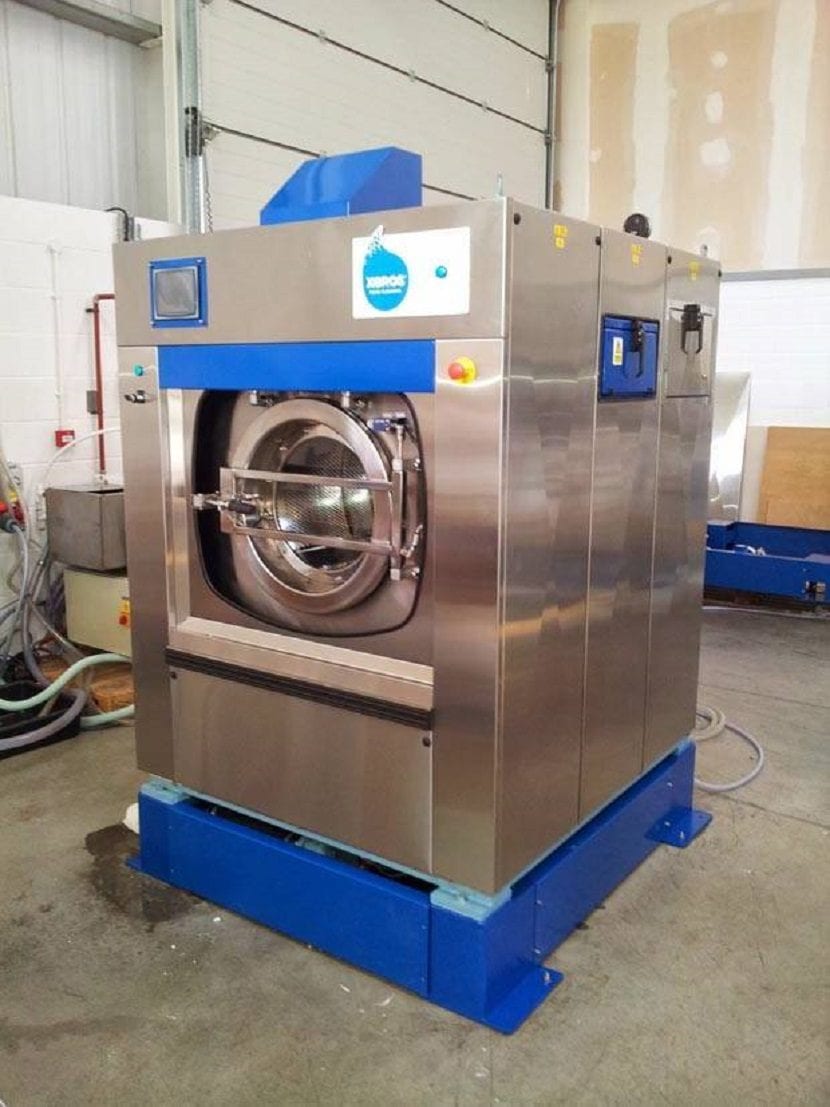
These balls, similar to rice grains in size can be used up to 100 times and the machine has a device that collects them at the end of each wash cycle. In addition, they are not toxic and do not cause any type of allergy.
They are already being tested successfully in the Hyatt hotel chain.
In the Spanish market
In Spain we can find washing machines such as the Samsung Ecobubble, the Hotpoint, Aqualtis or the Whirlpool Aqua-Steam model.
Samsung Ecobubble
This washing machine compared to another of the same brand but of a different model, does not obtain better results in terms of energy or washing efficiency, according to a study by the OCU.
Hotpoint, Aqualtis
These models have an A ++ energy efficiency system in addition to good performance.
Likewise, they are manufactured with recycled plastics obtained from old refrigerators and washing machines, considerably reducing CO2 emissions in their manufacture.
Whirlpool Aqua-Steam
Specifically, they have launched the 6769 model, promising a maximum water saving of 35% in addition to A ++ energy efficiency.
Totally ecological washing machines
Now I will show you the washing machines that are more ecological and you will understand the reason for my distinction between one and the other.
Drumi and GiraDora
The GiraDora is a prototype of a washer and dryer from some students in Peru and is designed so that people can sit on it and wash and dry their clothes by turning a pedal.
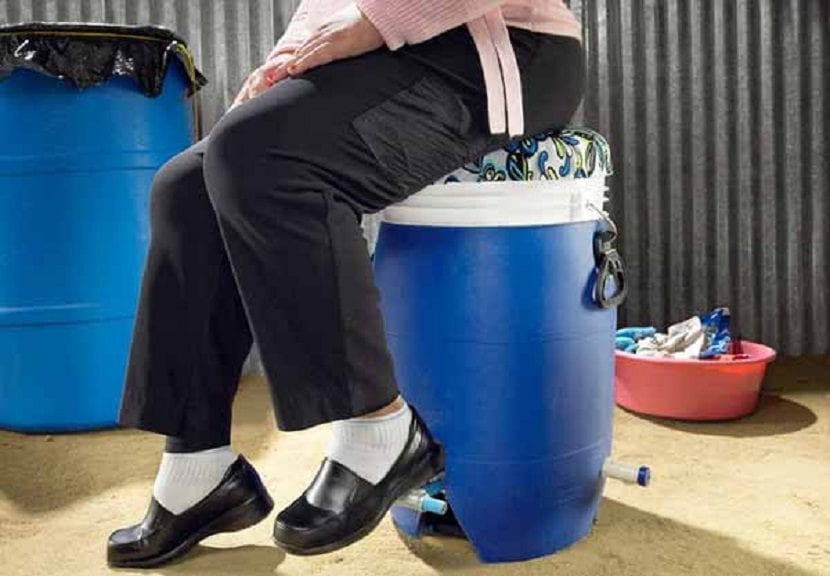
GiraDora washing machine
This ecological washing machine has been the sketch for the Drumi, which has been launched on the market and is more “sophisticated” but with the same performance.
They are able to wash about 6 or 7 garments consuming about 5 liters of water.
Both have great advantages such as exercise, energy saving and of course, the reduction of the carbon footprint.
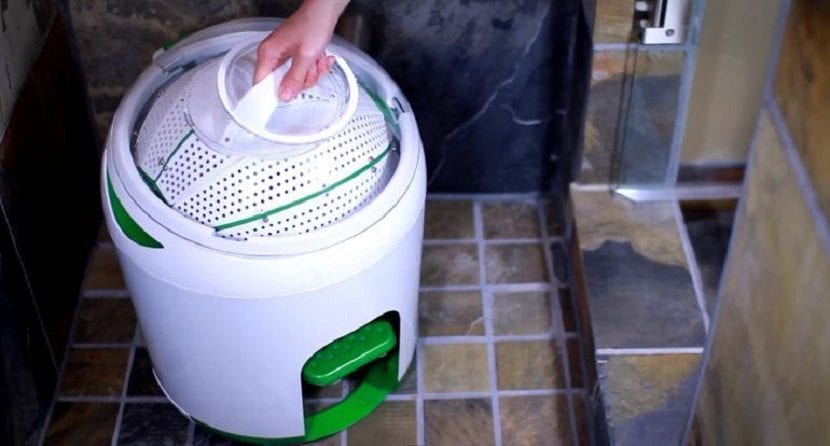
Drumi washing machine
Bicilavadora and the Bike Washing Machine (the sophisticated version of the first).
The bicilavadora has great potential in rural regions where clothes are still washed by hand. A bicycle is used to be able to move the drum of the washing machine without electricity.

Biciladora
On the other hand, the Bike Washing Machine is the same as the previous one but with the difference that it is more beautiful and with a higher price although it has the same function as the previous one.
It has been developed by Chinese students from Dalian Nationalities University.
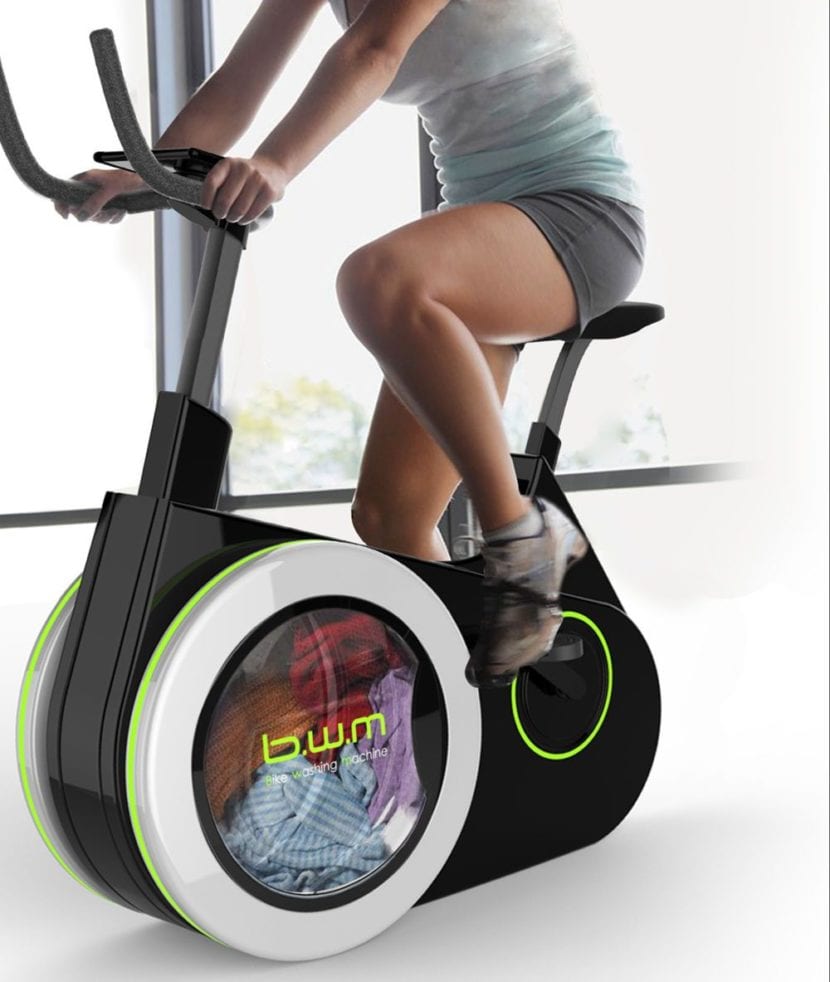
Bike Washing Machine
Hula Washer. Washing machine in a hula hoop
This prototype washing machine has been designed by Electrolux engineers. This washing machine consists of a hula hoop that entertains us and keeps us in shape while we can wash our clothes.
It does not consume electricity, washing takes advantage of the energy that we provide with our body movement.
Just put in the detergent and start spinning!

Then we have those who want to make the most of water savings by incorporating a recycling system such as:
Washup. Washing machine-toilet
A hybrid prototype between washing machine and toilet to achieve that we consume less water.
Its operation is based on connecting the water outlet of the washing machine with the water inlet of the toilet, so that all the water that is currently wasted when washing, would be used when flushing.

Washit. Shower and washing machine at the same time
Shower and washing machine prototype at the same time. Its design will allow us to reuse the shower water to wash clothes.
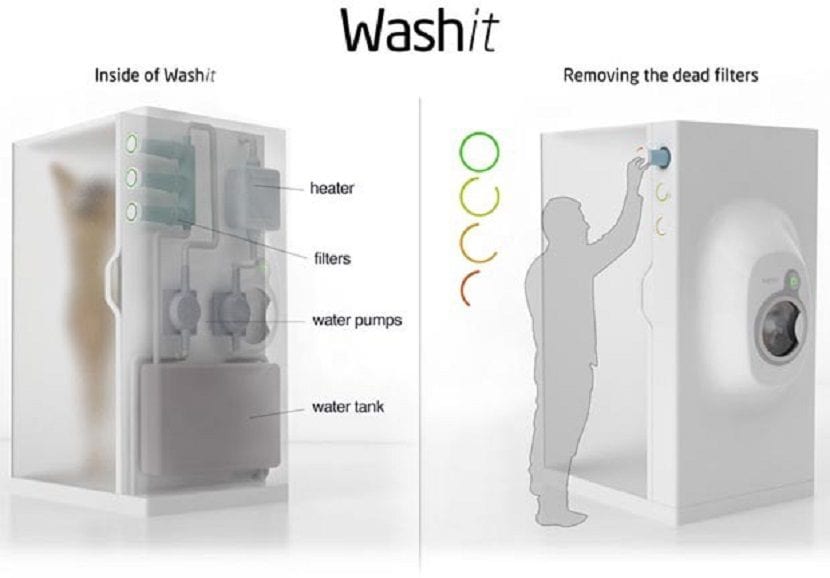
And finally, the clear difference of washing clothes in the old fashion or modernizing yourself.
Water Wheel Washing Machine
Its design is based on a traditional water wheel and has been developed by technicians from the Chinese University of Jiao Tong in order to bring sustainable washing to communities where they still do not have electricity.

Dolfi, wash clothes by ultrasound
According to its creators, Dolfi removes dirt through an ultrasound system and using 80 times less energy than any conventional washing machine.
We just have to put the clothes in water, no more than 2 kg, a little detergent and the Dolfi device. In about 30-40 minutes our clothes will be clean.
Detergent, the third critical factor in laundry
If we put more detergent in the washing machine, it not only makes the machine has difficulties, but we also do a unnecessary and useless damage to the environment.
If you have an excessive dose of detergent, one of these things will happen to you:
- A strong odor when opening the washing machine.
- Clothes appear slightly greasy or feel stiff when ironed.
- You have noticed the appearance of small stains on the door of the drum.
- The detergent drawer is usually always dirty after each wash, there are remains.
The key question would be how much detergent to putHowever, there is no correct dose because it depends on the detergent, the washing machine, the manufacturer, the age of the machine, and so on.
However, experts explain:
“Generally, under normal conditions, a dose of 50 milliliters of liquid detergent is sufficient for a 4,5 kg laundry.
It is also important not to saturate the washing machine with clothes so that it does not tear. Neither do empty cycles, but do not put more weight than recommended.
Anyway, if you are like me, careful with my actions to take care of the environment, these options for washing clothes will come in handy:
- Buy totally ecological detergent, avoiding chemicals.
- Prepare our own homemade detergent with a bar of Marseille soap, essential oil so that the clothes smell as we want and a glass of baking soda. In less than an hour we can prepare and use it for months. Economic and ecological solution!
- Replace the fabric softener with a little apple cider vinegar and essential oils. Vinegar is not only used to dress salads, but also has a high power to soften fabrics.
- Use natural soaps, the old ones.
- Avoid using bleach.
